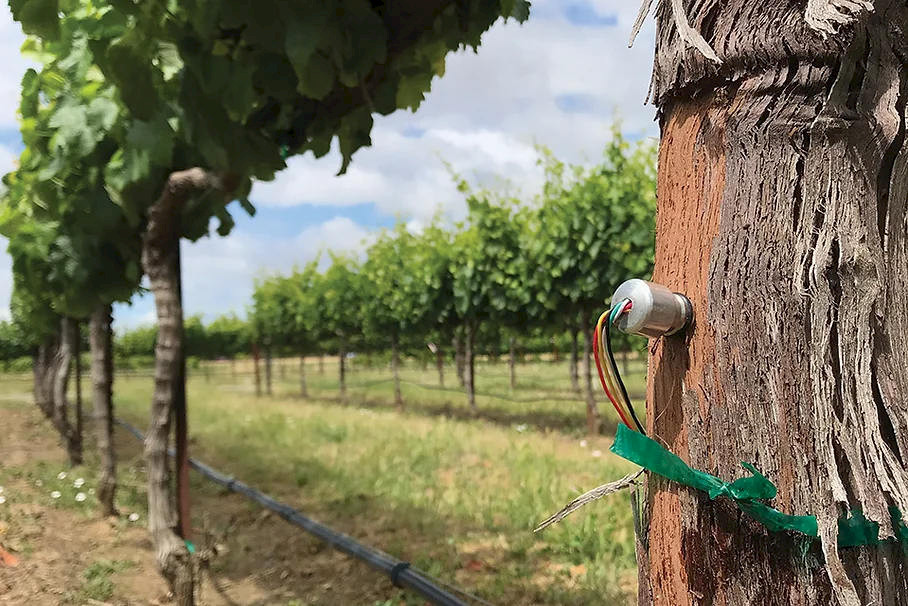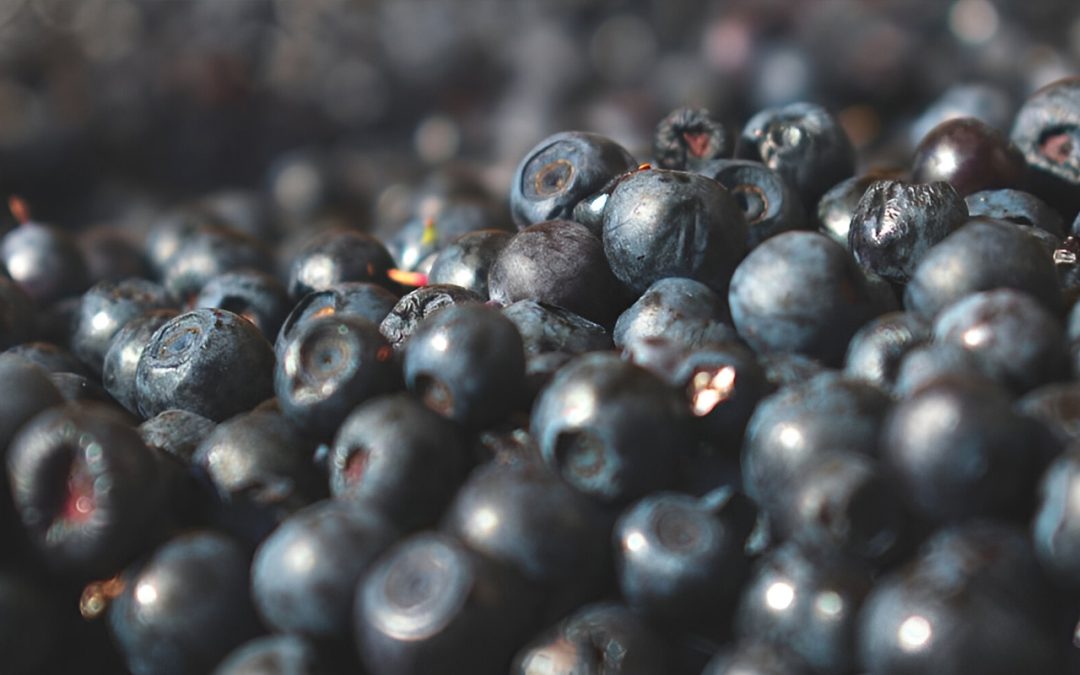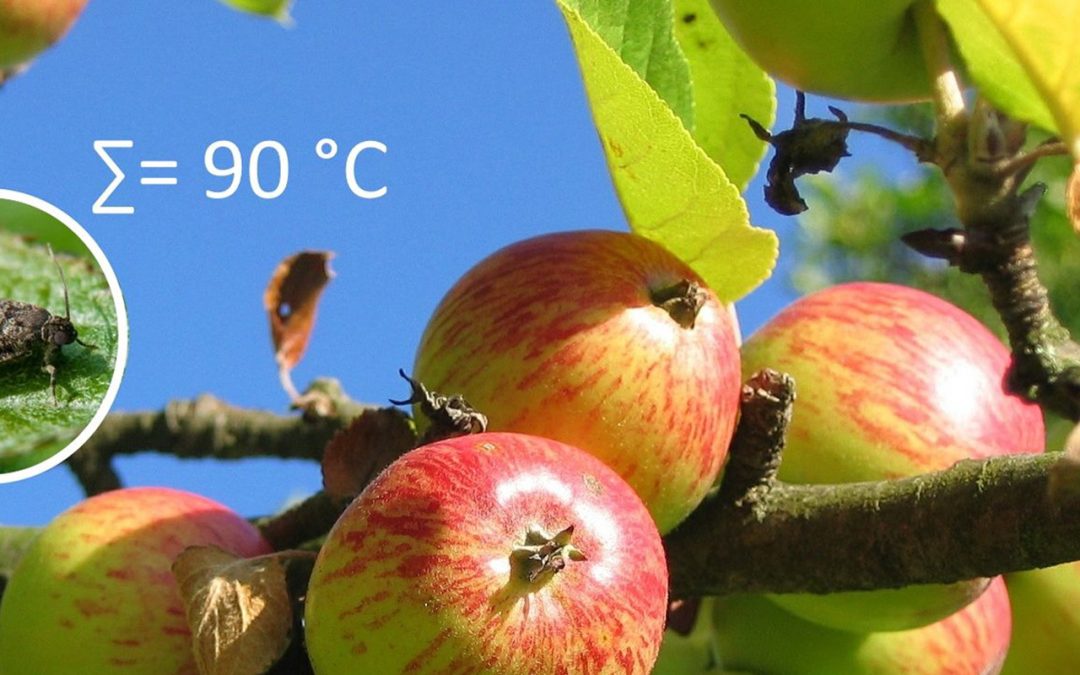All life forms on Earth depend on water. Water is constantly absorbed or excreted and holds various physiological and biochemical functions. Depending on water needs, plants and their parts differ. When focusing on limiting factors for growth and development of a plant, water is considered one of the biggest and most important factors due to the fact that plants need relatively large amounts of it.
Soil if formed from a solid, liquid and gas phase or in other words from soil particles, water and air. Within the solid phase there is porous space that is variously sized and shaped. Inside the pores there is water, air or some other gas. Porous space is a natural supply of water and air, while the characteristics of the pores depend on the soil type and its physical characteristics.
Pores are divided into micropores for holding water and macropores for holding air or water in a short period. Number of pores is not only of great importance for agricultural production, but also the ratio between micropores and macropores is importaint as well. The most favorable ratio is considered from 3:2 to 1:1. Total porosity in arable land ranges from 50 to 65 %.
Total porosity, the ratio, soil texture and structure and content of organic matter affect the amount of soil water. In example, sandy soils retain less amount of water than clay soils due to the active surface of the soil particles and more pores that bind and retain water. Organic matter has a great ability to bind and retain soil water. For water regulation in agricultural production it is crucial to have timely information on soil moisture. To understand the corelation between plants, soil and water, it is necessary to know the basics on the types of soil water, water-soil energy relationship, soil water constants and soil water movement.
Types of soil water
Soil water is divided into several basic types, which are chemical, hygroscopic, membraneous, cappilary and gravitational water.
Chemical water is divided into water of crystallization (CaSO4 x 2H2O) and water of constitution (OH-). This type is of water is inaccessible to plants and it is held by force equivalent to a pressure greater than 5000 bar (500 MPa).
Hygroscopic water is moisture in a form of molecular membrane that is adsorbed on the surface of soil particles. It is immobile and inaccessible to plants and is held by force equivalent to a pressure of 30 bar (3 MPa) to 1000 bar (100 MPa).
Membraneous water is in liquid form that envelopes soil particles in a form of a membrane. By increasing soil moisture, a thicker membrane is developed around the soil particle, thereby reducing the water retention force. It is inaccessible to plants and is held by force equivalent to a pressure of 15 bar (1.5 MPa) to 30 bar (3 MPa).
Capillary water is in liquid form, located in the micropores and is held by the forces of surface tension of the solid particles. It moves in all directions from more to less humid parts of the soil. It is held by force equivalent to a pressure of 15 bar (1.5 MPa) to 0.33 bar (0.033 MPa). It is divided into immobile, less mobile and easy mobile water. Immobile capillary water is inaccessible to plants and is held by force equivalent to a pressure of 15 bar (1,5 MPa). Less mobile water is hard-access for plants and is held by force equivalent to the pressure of 15 bar (1.5 MPa) to 6.25 bar (0.625 MPa). Easy mobile water represents the most useful water for plants and is held by force equivalent to a pressure of 6.25 bar (0.625 MPa) to 0.33 bar (0.033 MPa).
Gravitational water occurs in the moment when all pores of the soil are filled with water. In such a state of saturation, water is drained by gravity through the macropores and is not soil-binded.
Water-soil energy relationship
For the soil-water movement, potential energy is of great importance.The difference in the potential energy of soil-water allows the water movement from a more humid area of the soil (higher water potential – lower pressure) towards the less humid area (lower water potential – higher pressure) to a state of even potential (humidity).
Soil water constants
For water management, knowledge of water constants is of great importance – maximal hygroscopic moisture, wilting point, lento capillary moisture, field capacity and maximum capacity. Value of constants is dependant on texture, structure, porosity and compactness, chemical features and especially on organic matter.
Maximal hygroscopic moisture is an amount of moisture that the soil can adsorb. It is equivalent to 30 bar (30 MPa).
Wilting point is a state where there is not enough of accessible water. In agricultural production, the amount of water should never come to this point, because even a short period can cause negative consequence on plants. It is equivalent to 15 bar (1,5 MPa).
Lento capillary moisture is a borderline state between less mobile and easy mobile water in soil and is considered the bottom value of the optimal soil moisture in production. It is equivalent to 6,25 bar (0,625 MPa).
Field capacity is a state where all micropores are water filled, and macropores filled with air. It is equivalent to 0,33 bar (0,033 MPa) (clay-loam soil) to 0,1 bar (0,01 MPa) (sandy soil).
Maximum capacity is a state of saturation that is actually the maximum water content that the soil can recieve, but not retain. It is equivalent to 0 bar (0 MPa).
Soil water movement
Three basic manners of water movement in the liquid form are capillary movement, infiltration and filtration. Water movement is possible through saturated soil as well as through unsaturated soil. Movement is possible by descending, ascending and lateraly. The direction of movement and its speed depend on the aggregate state of water, quantity, texture, structure, porosity, amount of organic matter, and the forces that are the cause of the same movement. The primary causes of water motion in the soil are capillary forces, gravity and hydrostatic pressure.
Capillary water movement takes place from more humid to less humid parts of the soil, that is in unsaturated soil in micropores.
Infiltration is an uneven absorbtion by vertical and lateral motion through the unsaturated soil, by the action of capillary forces, the force of gravity and osmotic forces.
Filtration is percolation of excess water from saturated soil to the deeper layers through macropores which is caused by gravity (and hydrostatic pressure).
Determination of the irrigation moment
Determination of the proper moment for irrigation is considered one of the most important problems in the use of irrigation systems, due to the fact that inadequate irrigation can have negative affects on the production.
Excessive, untimely and irrational irrigation burdens the production financially due to the increased use of water and energy. Excessive amounts of water degrade the physical characteristics of soil over time and have an affect on nutrients rinsing. In addition, depending on the area, there is a risk of water-logging and salinization of the soil. On the other hand, not enough water reduces production quality.
Improving product quality is crucial for financial success in agricultural production. The quality of fruits and vegetables or the end product such as wine and olive oil is associated with physiological status, primarily with the status of water in the plant. Proper water management can be used to improve the quality of plants, since water is a key regulator of plant’s physiological status. This is especially noticeable in plants where water stress appears quickly, like at the Mediterranean and in states of drought, we are increasingly witnessing in todays age. In case of production on soils with extremely low water retention capacity, there is an additional risk of water stress.
Some ways that are more or less effective to determine the irrigation moment are determining by plant’s external appearance, by the internal physiological changes of the plant, by the critical period of the plant for water, by the moisture assessment of the soil, by the soil moisture state and by calculating the daily water balance (evapotranspiration).
One of the more frequent methods of determining the moment is by mathematical models, combining the state of soil moisture with current calculation of evapotranspiration.
dr.sc. Vedran Krevh
References:
Bittelli M. (2011). Measuring Soil Water Content: A Review. HortTechnology, vol. 21, no. 3, 293-300
Madjar S., Šoštarić J. (2009). Navodnjavanje poljoprivrednih kultura, Poljoprivredni fakultet u Osijeku, Sveučilište Josipa Jurja Strossmayera u Osijeku
Ondrašek G., Petošić D., Tomić F., Mustać I., Filipović V., Petek M., Lazarević B., Bubalo M. (2015). Voda u agroekosustavima, Sveučilište u Zagrebu, Zagreb
Oyeyemi K.D., Sanuade O.A., Oladunjoye M.A., Aizebeokhai A.P., Olaojo A.A., Fatoba J.O., Olofinnade O.M., Ayara W.A., Oladapo O. (2018). Data on the thermal properties of soil and its moisture content, Data in Brief, Vol. 900-906
Pernar N., Bakšić D., Perković I. (2018). Terenska i laboratorijska istraživanja tla, Šumarski fakultet, Sveučilište u Zagrebu
Šimunić I. (2013). Uređenje voda, Hrvatska Sveučilišna naklada, Sveučilište u Zagrebu
Tomić F., Ondrašek G. (2009). Vodni režim supstrata u zaštićenom prostoru, Agronomski fakultet, Sveučilište u Zagrebu










